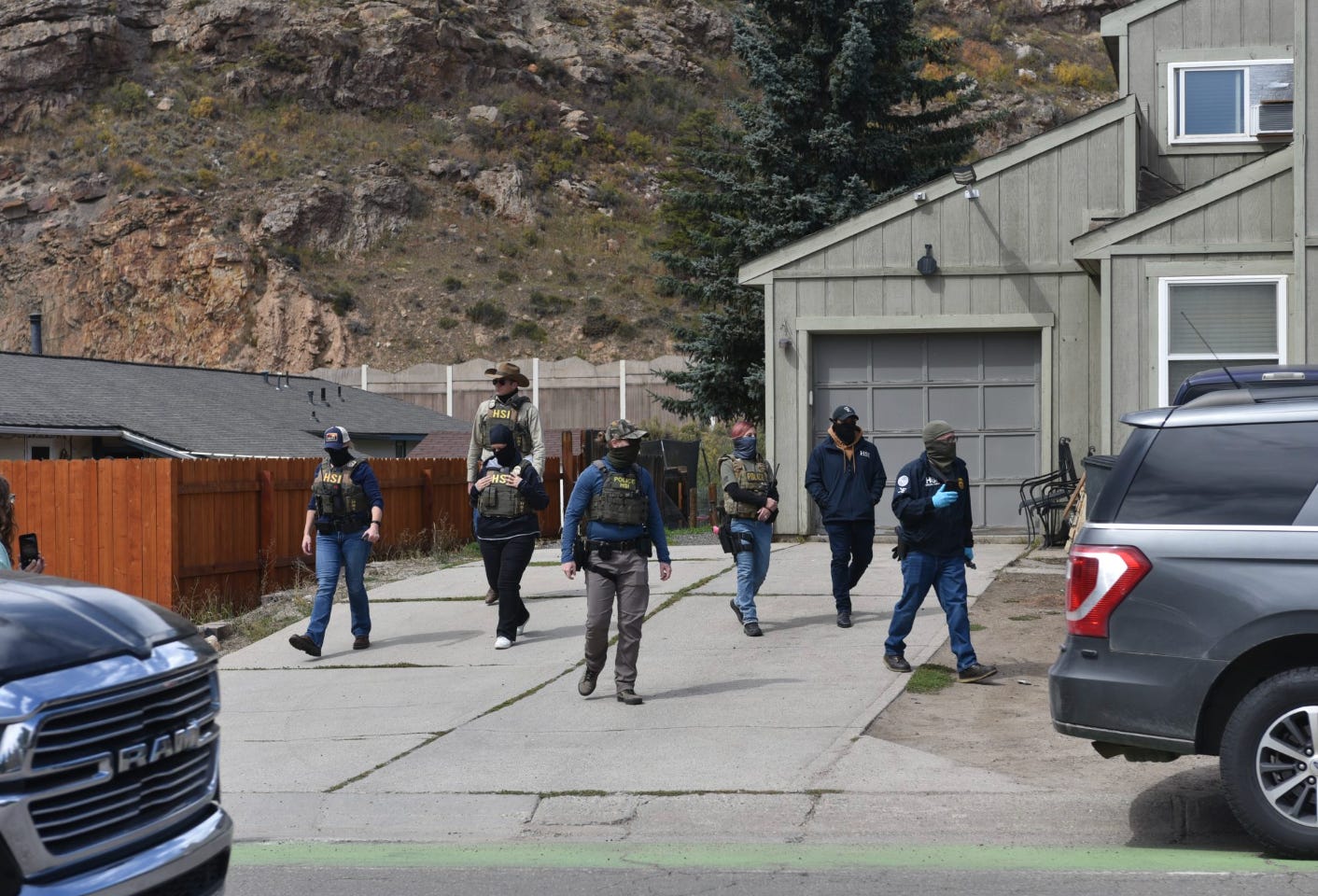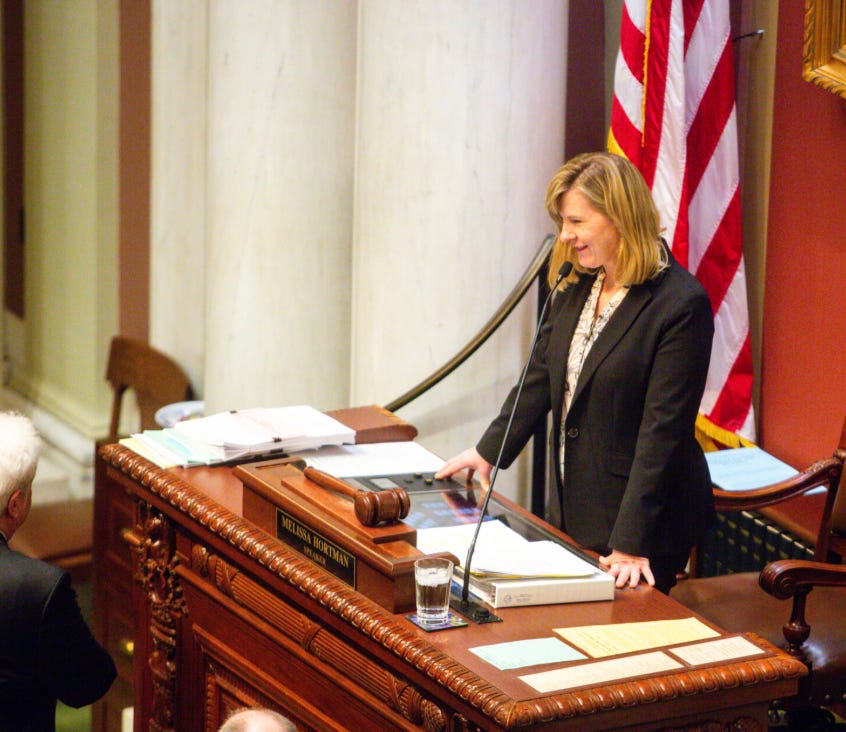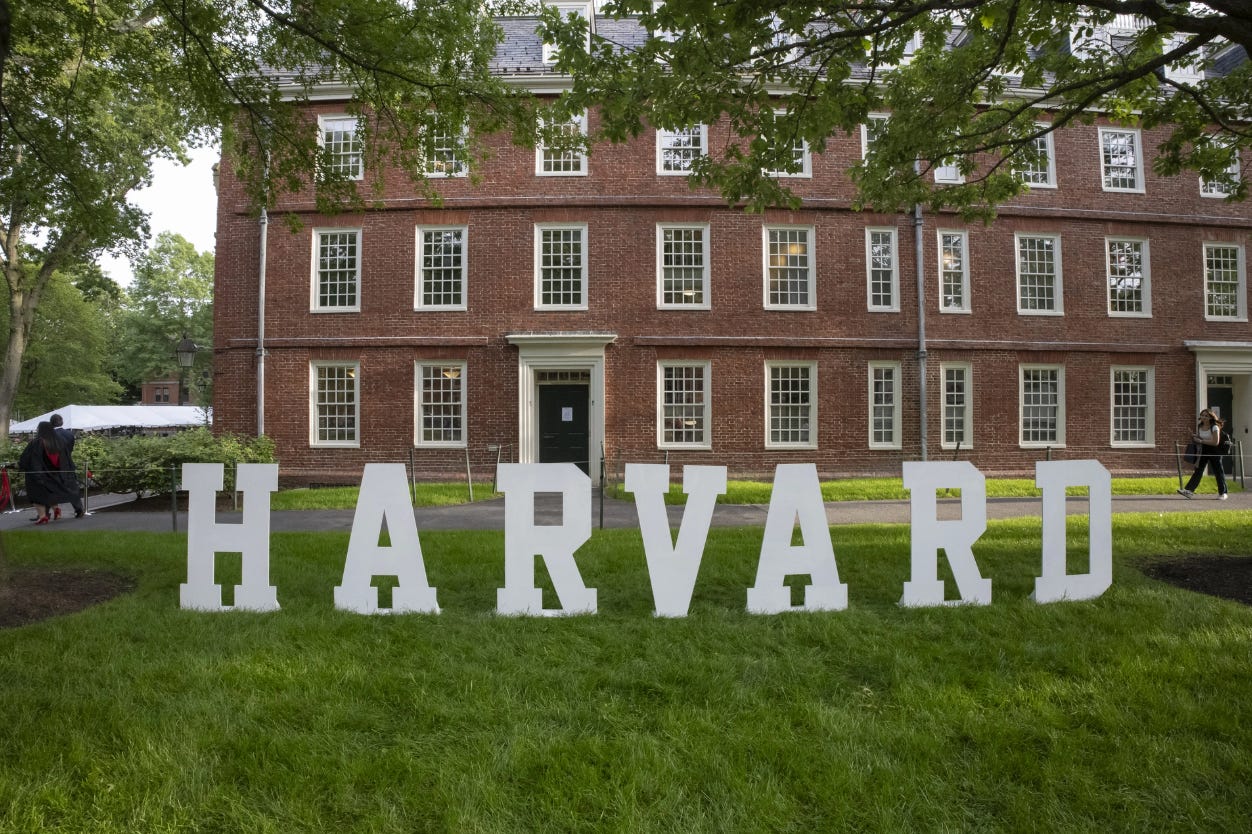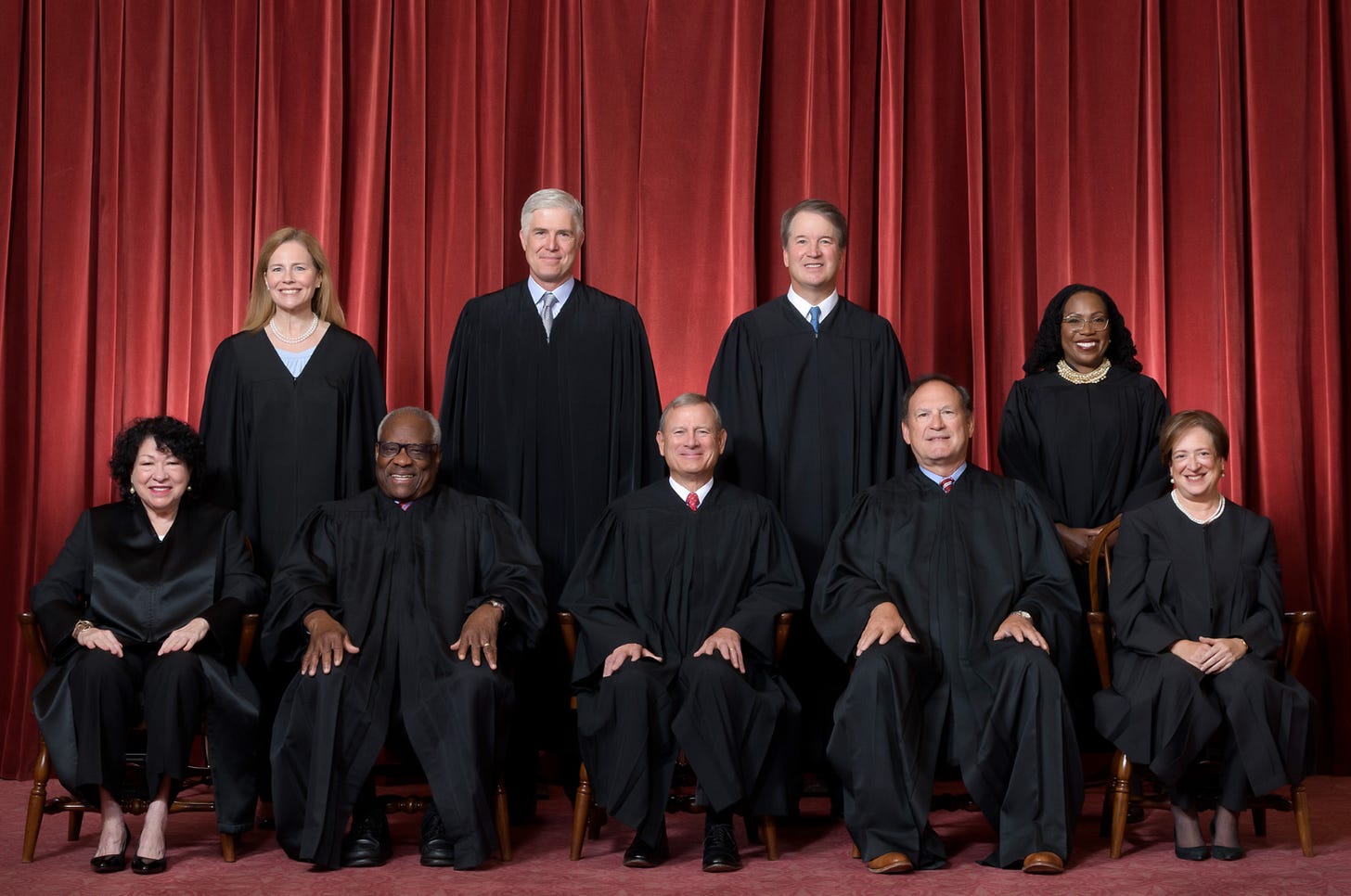Yes, ICE seems to be everywhere nowadays, including in small Colorado towns

A half-century ago, Paul Simon wrote a few lines that may forever bounce about in the heads of many of us. The opening: “In my little town/I grew up believing/God keeps his eye on us all/And he used to lean upon me/As I pledged allegiance to the wall.”
Up here in Summit County, Colorado, many of us feel as divinely blessed as Simon might once have. High in the Rockies, ours is a place of mountains, streams, a stunning lake, ski resorts and the prettiest valleys of anywhere. Frisco, a little town in the county, has an Old West feel about it, even as its restaurants, shops and ski-and-bike outlets serve thousands of modern visitors each year.
So, are Frisco (pop. 3,100) and Summit County (pop. 31,000) places where one might expect brown-shirted armed government agents to show up at a local favorite eatery for a midday raid? Might we expect them to shut the business down by grabbing up its computers and other vital gear, putting the place out of business for an undetermined time? Is another smaller town nearby, Dillon (pop. under 1000), a place where a raid at a home is worrisome enough for administrators in an elementary school to put students into lockdown?
And are the towns places where we would see an uproar by residents, an outpouring of condemnation? Where even the county sheriff disavows any role in the federal actions? Where the county education superintendent bemoans them?
Sadly, in Donald J. Trump’s America, it’s not God who is keeping an eye on us all these days, it seems. Instead, it’s the FBI and the U.S. Immigration and Customs Enforcement agencies that are doing so, even in little Summit County and even smaller Frisco and Dillon. Those agencies slipped into the area yesterday to pursue a restaurant that has served locals for over two decades, Hacienda Real, after a tipster claimed the place was employing undocumented workers.

“For several months we have been collaborating with the authorities and delivered all the documentation requested by ICE, fulfilling every requirement,” the restaurant said in a post on its Facebook site. “Unfortunately, this process has led to a broader inspection of the entire restaurant. As part of this investigation, our work team was removed, including the computers we use day to day, so we find ourselves in the need to keep the restaurant temporarily closed while everything is being reviewed.”
The statement added: “Thankfully, we have peace of mind in knowing that for over 22 years we have worked honestly, serving this much-loved community … We’re confident that we’ll soon be able to get back to doing what we do best: working and sharing our food with all of you.”
The raid even took local law enforcement authorities by surprise. As our county newspaper, the Summit Daily News, reported, county Sheriff Jaime FitzSimons said he learned of the operations through a dispatch when the agents arrived. The agents were serving “targeted, federal, criminal” search warrants, FitzSimons told the paper. He added that he knew no details.
Precious little information came from a spokesman for Homeland Security Investigations, an ICE unit involved in the raids. Talking with a reporter at the scene of some of the action, the spokesman said only that the agents were serving a criminal search warrant as part of “authorized law enforcement activity,” adding that the agency would issue a press release with more information at a later time. He declined to answer questions.
But the splashy headline-grabbing raid by the agents, some hiding behind masks, did not surprise some folks. Rumors of impending ICE actions made the front page of the Summit Daily News last week, so when the agents swarmed into Hacienda Real, people showed up with their phones to video the operation. Some blocked the authorities from moving through the parking lot, to no avail.
“Video of the confrontation shared with 9NEWS shows members of the public shouting at agents, telling them to take off their masks and pick up the excess caution tape they had left on the ground,” a Denver TV station reported. “Footage also shows people standing in front of the agents’ cars, blocking their ability to leave, a woman snapping the license plate frame on one of the vehicles, and what appears to be a man spitting in the direction of an agent getting into a vehicle.”
Spitting at law enforcement agents or interfering with them is a sorry reflection on the state of things nowadays. But it’s also not surprising in our very blue Summit County. Democrats swept all federal, state and county races last year, with Kamala Harris besting Trump by 11,762 votes to 5,244. Our sheriff is elected, so it’s not surprising that, as his office reported, he “did not provide any support or assistance” to the federal authorities, nor did those authorities request it.
Local residents who gathered at the restaurant during the ICE action included the county education superintendent, Tony Byrd. “People are going to live in worry, they were living in worry last week, the week before, pretty much forever and now more,” he told a reporter for the Denver CBS News affiliate. Byrd told one of the officials that they were disrupting the community, adding, “We have a lot of crying kids and families right now.”

During the raid at the Dillon home — presumably that of restaurant owner Luis Flores — officials at nearby Dillon Valley Elementary School kept children inside and planned “a controlled release” of them at the end of the day. While the reported immigrant population of the county is small – only about 15 percent of the number overall – the Spanish-speaking student population in the schools is much larger, over 41 percent compared with less than 54 percent white non-Hispanic.
This is a county, moreover, where some local churches have pledged to protect immigrants under threat of arrest, even to the point of breaking the law by giving them sanctuary from agents. With an unemployment rate last reported at 2.8 percent, it’s also a place that economically would be devastated without immigrants to work in the restaurants, stores, building industry and various other services.
The initial news reports said no arrests had been made at either the restaurant or the owner’s home. But a Colorado immigrant advocacy group, Voces Unidas, has since reported that a cook and a waiter were arrested, among others, basing its report on information in the ICE system. The group asked people with more details to contact it.
So, this raid leaves us with a lot of questions. First, was the owner of Hacienda Real, Luis Flores, guilty of anything? Did he hire undocumented workers? Did he underpay them, as sometimes happens with under-the-table staff? Did he treat them well or poorly?
We have no answers to those questions now. Indeed, the restaurant has a sterling reputation, repeatedly winning top honors in the Summit Daily News “Best Of Summit” contests. Its burritos and margaritas are top-notch, according to the paper’s readers.
And, among some 50 recent commenters on its website, condemnation of the ICE actions was universal.
“The last time I was at the restaurant they were donating a ton of food for a fundraiser at Silverthorne elementary,” one said. Another said: “You are loved by the community! For the anonymous caller, may karma get them!” And a third said: “The entire team at Hacienda Real is amazing and you are fully supported!!!! I’m so sorry some bigot racist made a false claim against your business and the livelihood of not only your family but the families of all of your employees.” Yet another vowed: “The community will support you and your restaurant!”
But let’s assume that Hacienda Real did hire undocumented Latin American workers. First, the chances are the food will be authentic. Second, and more important, these workers would be supporting their families and contributing to the economy. Are these bad things? If they are arrested – and if Hacienda Real is driven out of business – is this good for our town and county?
And let’s turn to economics for some insight, too. If the restaurant hired under-the-table workers and underpaid or overworked them, just how long would such workers stay at the place? The average wage level in the county tops $56,000 a year and, with the low jobless rate, help-wanted signs are common. Poorly treated workers would have plenty of other options.
The bottom line, of course, is that ICE isn’t welcome in Summit, Frisco or Dillon. By contrast, hardworking migrants are.
But, given these troubled times, we can only hope that other lines from the Paul Simon song are not apt. “Nothing but the dead and dying back in my little town,” he sang. “Nothing but the dead and dying back in my little town.”
If ICE and its masters in the Trump Administration expand their immigrant roundups, as they plan to, and if they continue to do so in facilities that even ICE says violate dozens of federal standards, lyrics like those may only slightly overstate things all across America.









